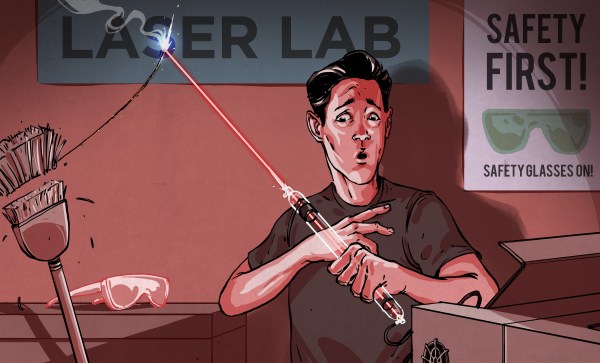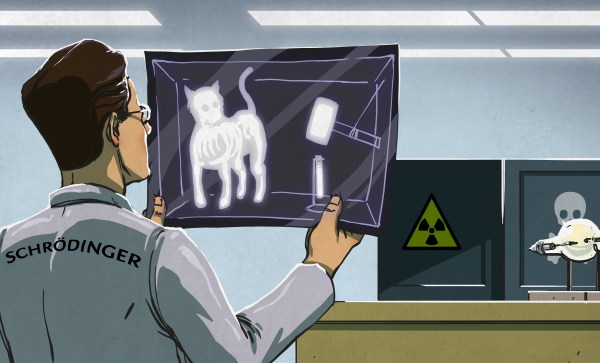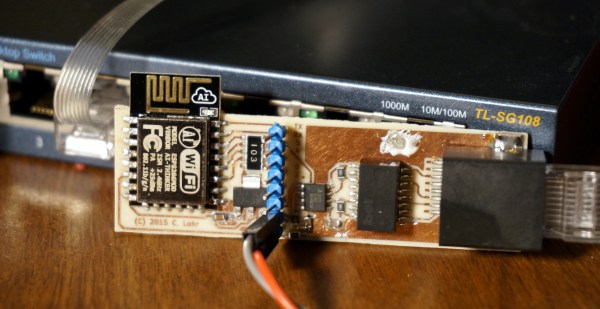Lasers are optical amplifiers, optical oscillators, and in a way, the most sophisticated light source ever invented. Not only are lasers extremely useful, but they are also champions of magnitude: While different laser types cover the electromagnetic spectrum from radiation (<10 nm) over the visible spectrum to far infrared light (699 μm), their individual output band can be as narrow as a few µHz. Their high temporal and spatial coherence lets them cover hundreds of meters in a tight beam of lowest divergence as a perfectly sinusoidal, electromagnetic wave. Some lasers reach peak power outputs of several exawatts, while their beams can be focused down to the smallest spot sizes in the hundreds and even tens of nanometers. Laser is the acronym for Light Amplification by Stimulated Emission Of Radiation, which suggests that it makes use of a phenomenon called stimulated emission, but well, how exactly do they do that? It’s time to look the laser in the eye (Disclaimer: don’t!).
Open Source Cloud Chamber
If you are a certain age, there were certain science toys you either had, or more likely wanted. A chemistry set, a microscope, a transparent human body, and (one of several nuclear toys) a cloud chamber. Technically, a Wilson cloud chamber (named after inventor Charles Wilson) isn’t a toy. For decades it was a serious scientific tool responsible for the discovery of the positron and the muon.
The principle is simple. You fill a sealed chamber with a supersaturated water or alcohol vapor. Ionizing radiation will cause trails in the vapor. With a magnetic field, the trails will curve depending on their charge.
If you didn’t have a cloud chamber, you can build your own thanks to the open source plans from [M. Bindhammer]. The chamber uses alcohol, a high voltage supply, and a line laser. It isn’t quite the dry ice chamber you might have seen in the Sears Christmas catalog. A petri dish provides a clear observation port.
We’ve covered cloud chamber builds before, ranging from the simple to ones that use thermoelectric coolers.
To See Within: Making Medical X-rays
I was a bit of a lost soul after high school. I dabbled with electrical engineering for a semester but decided that it wasn’t for me – what I wouldn’t give for a do-over on that one. In my search for a way to make money, I stumbled upon radiologic technology – learning how to take X-rays. I figured it was a good way to combine my interests in medicine, electronics, and photography, so after a two-year course of study I got my Associates Degree, passed my boards, and earned the right to put “R.T.(R) (ARRT)” after my name.
That was about as far as that career went. There are certain realities of being in the health care business, and chief among them is that you really have to like dealing with the patients. I found that I liked the technology much more than the people, so I quickly moved on to bigger and better things. But the love of the technology never went away, so I thought I’d take a look at exactly what it takes to produce medical X-rays, and see how it’s changed from my time in the Radiology Department.
Software Update Destroys $286 Million Japanese Satellite
The Japanese X-ray telescope Hitomi has been declared lost after it disintegrated in orbit, torn apart when spinning out of control. The cause is still under investigation but early analysis points to bad data in a software package pushed shortly after an instrument probe was extended from the rear of the satellite. JAXA, the Japanese space agency, lost $286 million, three years of planned observations, and a possible additional 10 years of science research.
Hitomi, also known as ASTRO-H, successfully launched on February 17, 2016 but on March 26th catastrophe struck, leaving only pieces floating in space. JAXA, desperately worked to recover the satellite not knowing the extent of the failure. On April 28th they discontinued their efforts and are now working to determine the reasons for the failure, although a few weeks ago they did provide an analysis of the failure sequence at a press conference.
Continue reading “Software Update Destroys $286 Million Japanese Satellite”
The Ultraviolet Catastrophe
As the light of the 20th century was peeking over the horizon, a young physicist by the name of Max Planck was taking to heart some career advice he had received while he attended Munich University in Germany. With the recent discovery of thermodynamics, there wasn’t much left in physics to know, or so his adviser thought. Hindsight is indeed 20/20.
It turns out that Planck was an expert at thermodynamics. Having mastered the subject gave him some leverage to use against a growing group of physicists known as atomists who were using statistical models along with so called ‘atoms’ to predict experimental outcomes. Atomists believed that matter was composed of discrete units. Planck believed the world was continuous and could not be divided into any type of discrete component. And he would draw the second law of thermodynamics from his holster and put this atom idea in the clay.
Ethernet Controller Discovered In The ESP8266
The venerable ESP8266 has rocked the Internet of Things world. Originally little more than a curious $3 WiFi-to-serial bridge, bit by bit, the true power of the ESP has become known, fully programmable, with a treasure trove of peripherals it seemed that the list of things the ESP couldn’t do was short. On that list, at least until today was Ethernet.
No, despite the misleading title, the ESP does not have a MAC and/or PHY, but what it does have is an incredible 80 MHz DMA-able shift register which can be used to communicate 10BASE-T Ethernet using a new project, espthernet. Join me after the break for video proof, and a deep dive into how this is possible.
Continue reading “Ethernet Controller Discovered In The ESP8266”
Flying Close To The Flame: Designing Past Specified Limits
A very good question came up on The EEVBlog forum that I thought deserved an in depth answer. The poster asked why would amplifier companies in the heyday of tube technology operate tubes in mass produced circuits well in excess of their published manufacturers recommended limits. The simple answer is: because the could get away with it. So the real question worth exploring is how did they get away with operating outside of their own published limitations? Let’s jump in and take a look at the collection of reasons.
Continue reading “Flying Close To The Flame: Designing Past Specified Limits”


















